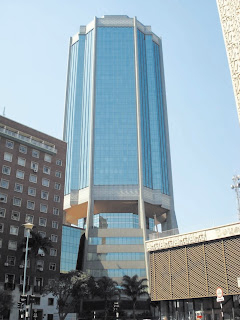Should Zimbabwe adopt the Rand as official currency?

Follow @ExpBusinessSA Dollarization is a situation where a country uses another currency officially or unofficially as legal tender. There are greater economic benefits to be realised by going for full official dollarization compared to semi-official or unofficial dollarization. Dollarization does not always involve the US dollar as the adopted currency, the euro can be adopted by non-EU members in the same way Zimbabwe can adopt the South African Rand through full official Randrisation. Official dollarization requires to surrender monetary policy to another country and often a country loses seigniorage and an independent monetary policy. If Zimbabwe chooses dollarization by adopting full official randrisation, the country will still export and earn US dollars and use the same US dollars for imports and international obligations. The only difference is that the rand will be the predominant or exclusive legal tender for local transactions. The official randrisation discussed here ...



